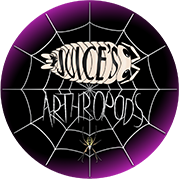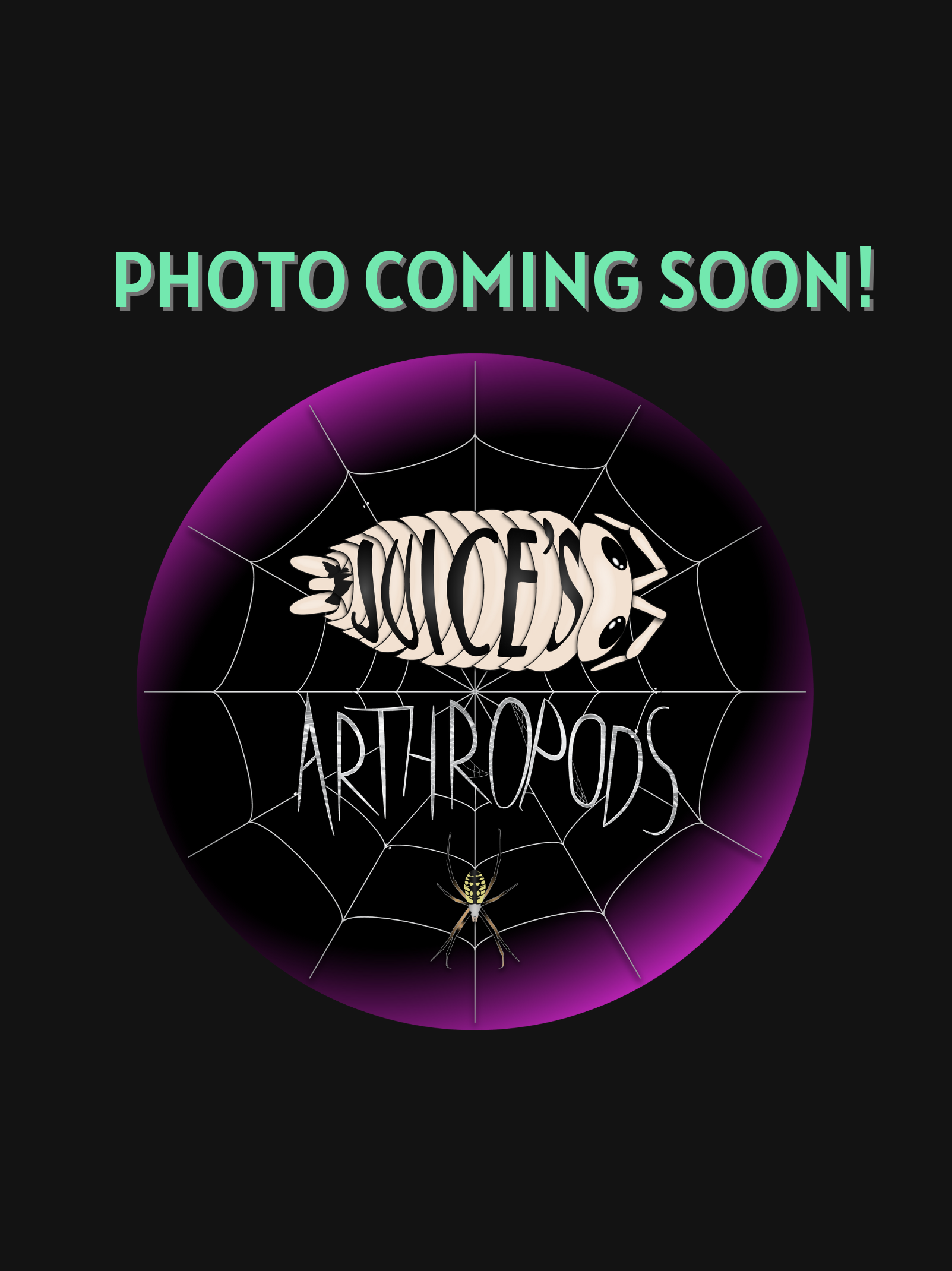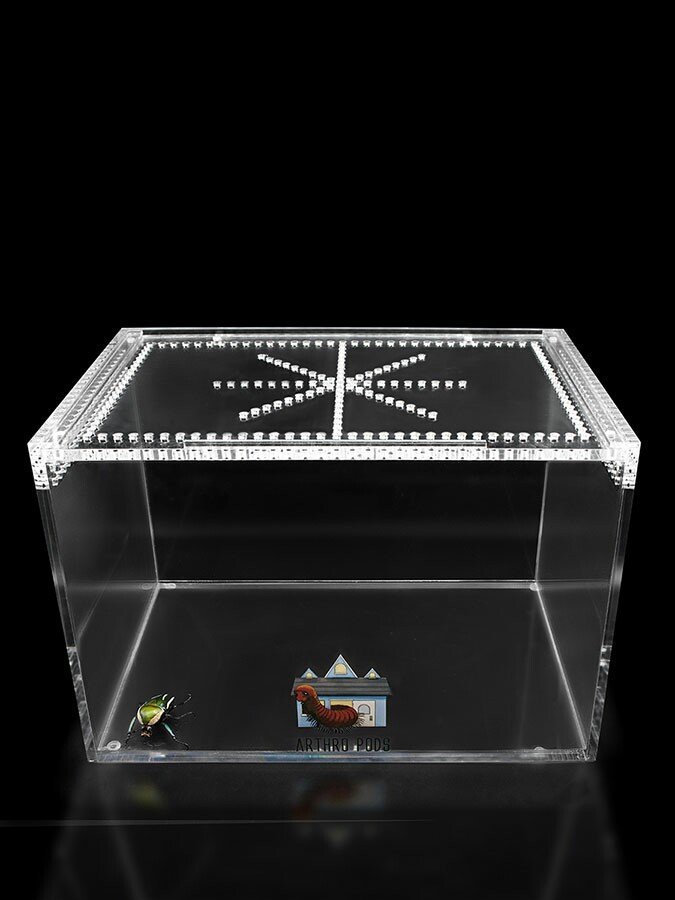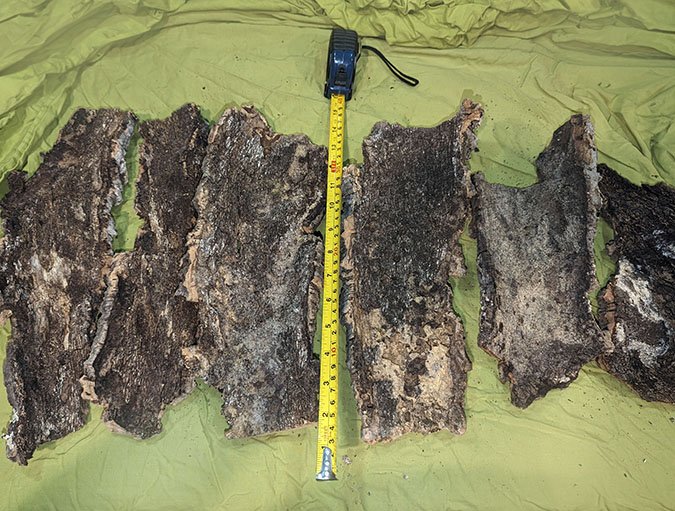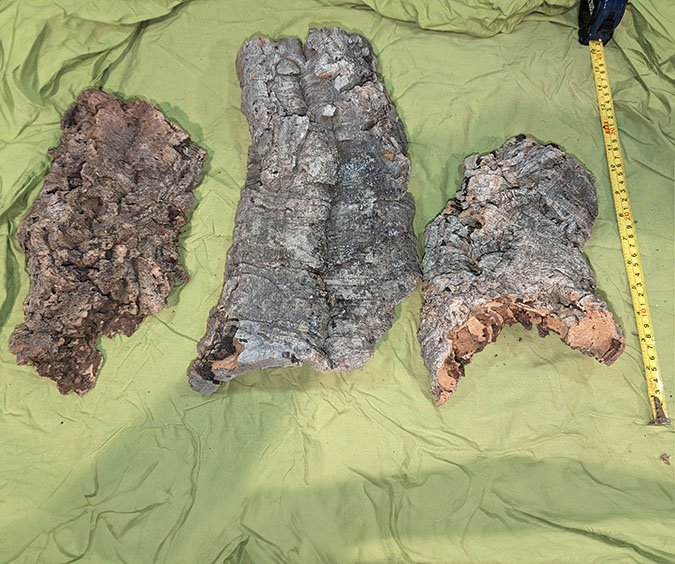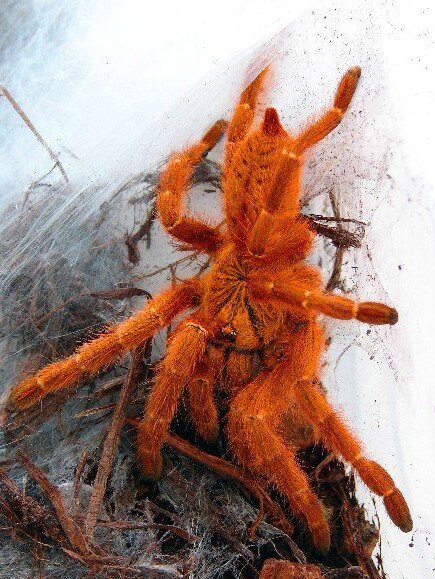Thrixopelma sp 'Cielo Azul'
Thrixopelma sp. 'Cielo Azul', commonly known as the Cielo Azul Tarantula, is a striking and rare New World terrestrial tarantula believed to originate from the highland regions of Peru, possibly within the cloud forests or transitional zones of the Andes. The name Cielo Azul—Spanish for “Blue Sky”—is inspired by this species’ stunning blue iridescence, particularly on the legs and carapace, which shimmers under natural or artificial light, often with a sky-blue to violet sheen.
Though undescribed formally in scientific literature, Thrixopelma sp. 'Cielo Azul' is gaining popularity in the hobby for its combination of visual appeal and manageable temperament. Like other members of the Thrixopelma genus, it is docile to moderately skittish and can kick urticating hairs when threatened. However, it typically prefers to retreat or stay motionless rather than display overt defensiveness, making it suitable for intermediate keepers comfortable with light defensive behaviors.
Thrixopelma sp. 'Cielo Azul', commonly known as the Cielo Azul Tarantula, is a striking and rare New World terrestrial tarantula believed to originate from the highland regions of Peru, possibly within the cloud forests or transitional zones of the Andes. The name Cielo Azul—Spanish for “Blue Sky”—is inspired by this species’ stunning blue iridescence, particularly on the legs and carapace, which shimmers under natural or artificial light, often with a sky-blue to violet sheen.
Though undescribed formally in scientific literature, Thrixopelma sp. 'Cielo Azul' is gaining popularity in the hobby for its combination of visual appeal and manageable temperament. Like other members of the Thrixopelma genus, it is docile to moderately skittish and can kick urticating hairs when threatened. However, it typically prefers to retreat or stay motionless rather than display overt defensiveness, making it suitable for intermediate keepers comfortable with light defensive behaviors.
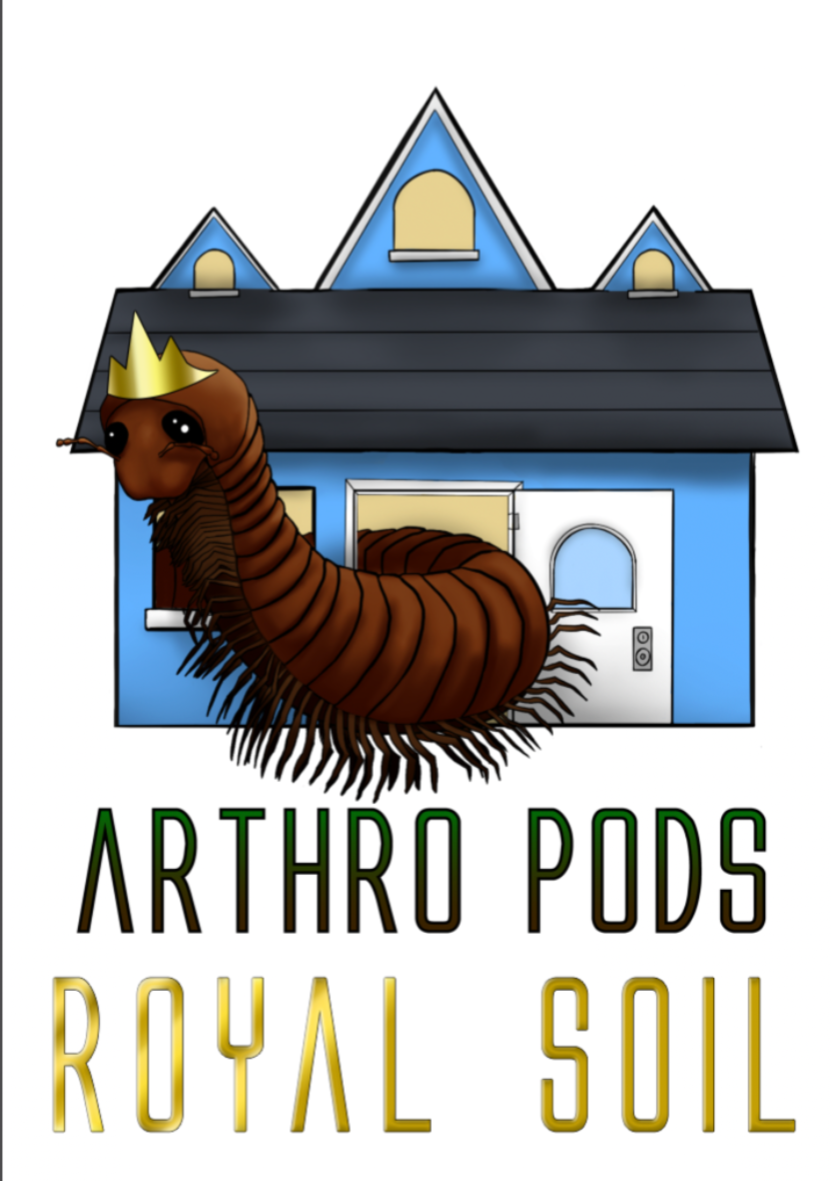

Thrixopelma sp. 'Cielo Azul', commonly known as the Cielo Azul Tarantula, is a striking and rare New World terrestrial tarantula believed to originate from the highland regions of Peru, possibly within the cloud forests or transitional zones of the Andes. The name Cielo Azul—Spanish for “Blue Sky”—is inspired by this species’ stunning blue iridescence, particularly on the legs and carapace, which shimmers under natural or artificial light, often with a sky-blue to violet sheen.
Though undescribed formally in scientific literature, Thrixopelma sp. 'Cielo Azul' is gaining popularity in the hobby for its combination of visual appeal and manageable temperament. Like other members of the Thrixopelma genus, it is docile to moderately skittish and can kick urticating hairs when threatened. However, it typically prefers to retreat or stay motionless rather than display overt defensiveness, making it suitable for intermediate keepers comfortable with light defensive behaviors.
What's the ideal diet for a Cielo Azul Tarantula?
All Tarantulas can eat a variety of feeders. Stick to crickets, dubia roaches, silkworms, horned worms occasionally, and a superworm or mealworm as the occasional treat!
How should I keep a Cielo Azul Tarantula Tarantula?
For this particular creature, you can start with the Terrestrial Terrain small enclosure if under a ¼" - 1.2" Spiderling (sling). When they get to be about 1" in size, you will want to either go to the Terrestrial Terrain Medium or Terrestrial Terrain Large enclosure. Feed them as slings once a week, twice if their opisthosoma (abdomen) looks small, but if the opisthosoma is wider than their prosoma (pneumothorax) then wait a couple of days to feed. For juveniles or adults, stick to feeding once a week, nothing larger than their opisthosoma. Make sure to keep a water dish at all times full; wider and deeper is preferred.
How long could a Cielo Azul Tarantula live?
Females are believed to live upwards of 20+ years, and males not exceeding around 5 years of age. All estimates are based on multiple sources.
